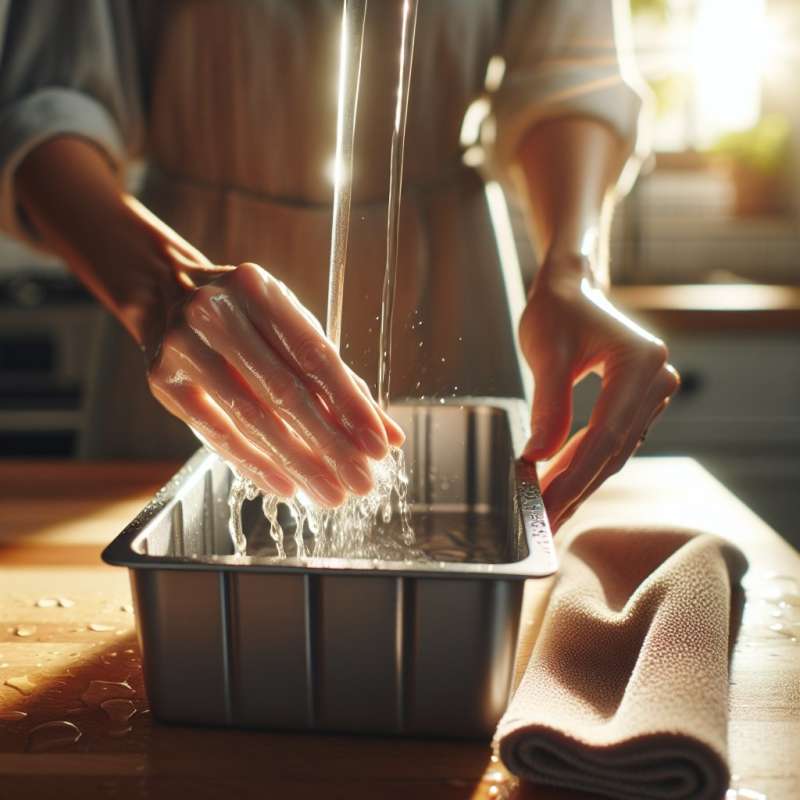
Understanding Mold Materials
Plastic aluminum molds are highly durable but require specific cleaning methods to maintain their longevity. Aluminum's softness makes it susceptible to scratching, while plastic components can warp under high temperatures.
Effective Cleaning Agents
Use mild, non-abrasive cleaners like dish soap or specialized aluminum cleaner. Avoid using bleach or ammonia-based products as they can damage aluminum surfaces and cause plastic components to become brittle over time.
Proper Cleaning Techniques
Always use a soft cloth or sponge to clean molds. For stubborn residues, soak the mold in warm soapy water for 10–15 minutes before gently scrubbing. Avoid using steel wool or hard brushes to prevent surface damage.
Rinsing and Drying
Thoroughly rinse the molds with warm water to ensure no cleaning agent remains. Leftover chemicals can corrode aluminum over time. Dry completely with a microfiber cloth to prevent water spots and oxidation.
Regular Maintenance Tips
Inspect molds for any signs of wear and tear regularly. Apply a thin layer of food-safe mineral oil to aluminum parts to prevent oxidation. Store in a dry, cool place to avoid exposure to moisture and extreme temperatures.Unexpected Mold Usage
Aluminum molds were used in early space missions to create lightweight, durable equipment, proving their reliability even in extreme conditions.
What can warp plastic components?
Warm water
High temperatures
Soft cloth
Company